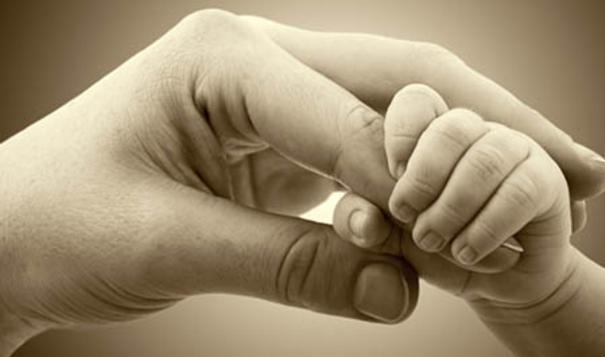
Attachment theory is an ethological approach that emphasizes the emotional tie and the maternal bond between child and caregiver (Bowlby, 1958). Attachment theory has evolved into a useful framework for understanding human behavior (Bowlby, 1958). It emphasizes that mothers serve as a secure base from which children can explore and master their environment with a sense of confidence, in addition to developing socially and intellectually (Lackings, 2010). According to Topal, Miklosi, Csanyi, and Doka (2015), “Attachment is an organizational construct, a product of maturation that always denotes a one-to-one relationship with a particular other and manifests itself in different behaviors” (p. 219). The concepts that guide attachment theory are strongly rooted in psychoanalysis, developmental psychology, biology, cognitive learning, information processing, and cybernetics.
Psychoanalyst John Bowlby (1907–1990) formulated the basic tenets of attachment theory, which have evolved into an independent model of human development and psychopathology (Gold, 2011). Bowlby believed that early attachments could explain long-standing and persistent problems in new ways; he could easily be considered a systems thinker (R. Bowlby, 2008). Bowlby used aspects of control theory (cybernetics) as part of his theory of attachment, and his approach has been viewed as being generally systemic in that Bowlby attempted to observe and make sense of the distinct patterns of an organization (Metcalf, 2010).
Bowlby began his clinical work in attachment behavior in the 1960s, while he was working in a care home for maladjusted boys (Bowlby, 2005). Through his work and observations, he developed a theory that placed primary importance on the attachment between the infant and the biological mother. Bowlby believed that disruption of the infant–mother bond could result in future psychological disorders (Bowlby, 1960). He also observed that children who experienced prolonged periods of deprivation and separation from their parenting figure were essentially affectionless (Bowlby, 1960). Bowlby noted that a flat affect in infants did not change later in life, despite environmental alterations (R. Bowlby, 2008). Bowlby (1960) ended the third edition of his trilogy on attachment by stating,
Intimate attachments in human beings are the hub around which a person’s life revolves, not only when he is an infant or toddler or a school child but throughout his adolescence and his years of maturity as well, and on into old age. (p. 36)
Bowlby held a strong belief that attachment is an important component of human experience from the cradle to the grave (Bowlby, 2005). He suggested that infant behavior reflects the proximity to the mother. Feldman (2009) agreed with Bowlby’s theory of attachment and argued that increased distance from the mother results in protest from the child and the intensity of attachment behavior. Bowlby’s theory of attachment suggested that a mother must be available, loving, and helpful (Bowlby, 1960). If the mother cannot attend to the child’s needs, then normal development is threatened (Bowlby, 1960).
Attachment theory was further advanced in the 1960s and 1970s, through Ainsworth’s research on attachment and her collaboration with Bowlby (Metcalf, 2010). Bowlby and Ainsworth created the conception of a secure base and developed the theory of attachment styles in children, which consisted of secure attachment, avoidant attachment, and anxious attachment behavior (Zepf, 2011). In the 1980s, Bowlby and Ainsworth also identified a fourth style—disorganized attachment (Ainsworth & Bowlby, 1991). These theories of infant attachment styles were eventually extended to attachment styles in adults (Zepf, 2011). Attachment theory has evolved as the primary approach to understanding early childhood social development, and it has advanced into an extensive body of research and literature on the formation and importance of children’s close relationships (Shivpuri, 2006).
Attachment theory has revolutionized thinking about a child’s emotional connection to his or her biological mother and its disruption through separation, deprivation, or bereavement (Bretherton, 1995). One of Bowlby’s main conclusions, supported by empirical evidence, was that to develop psychologically healthy, “the infant and the young child should experience a warm, intimate, and continuous relationship with its mother in which both are able to find satisfaction and enjoyment” (Bowlby, 1958, p. 357). Attachment theory continues to be used today in the advancement of social and childcare policies.
